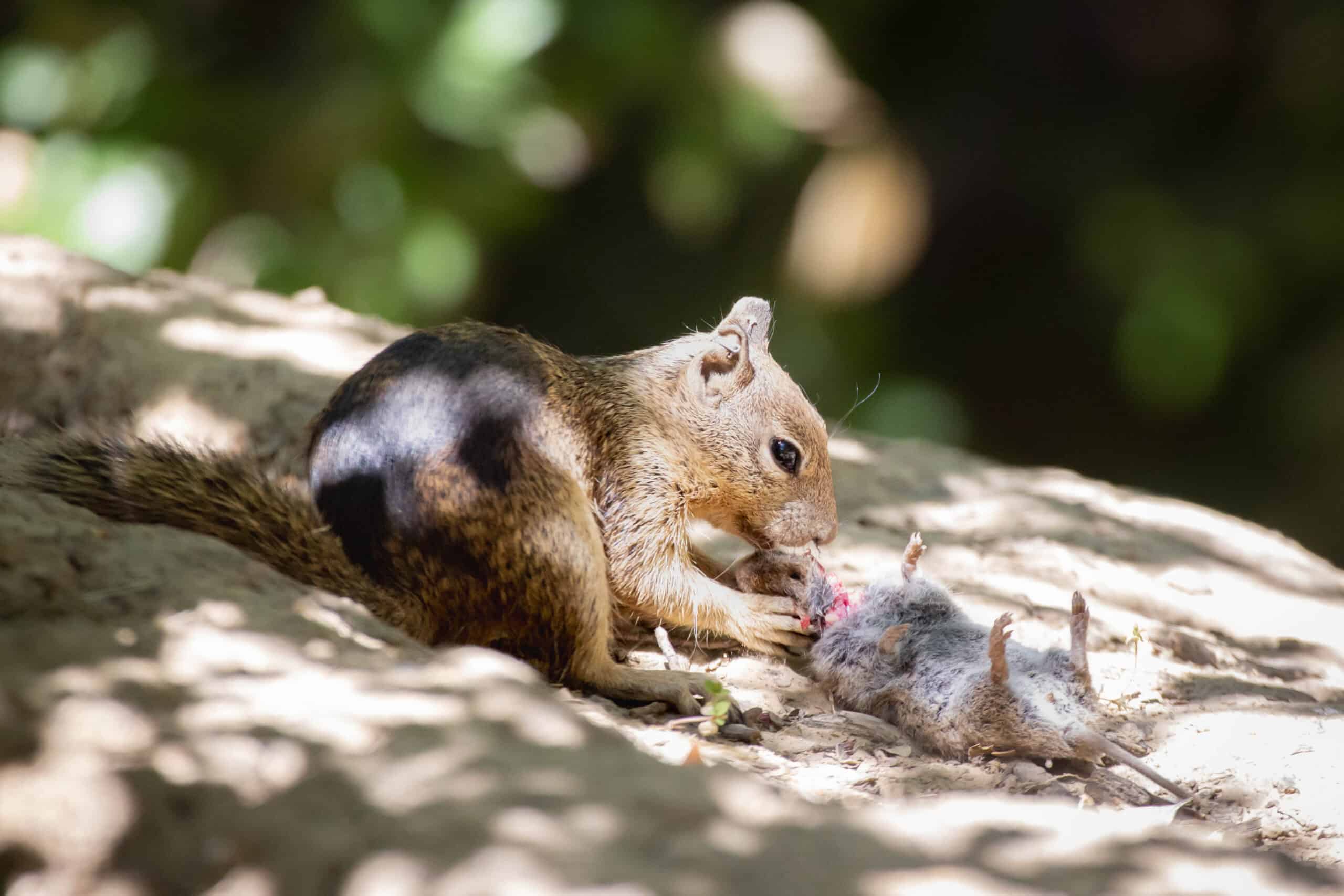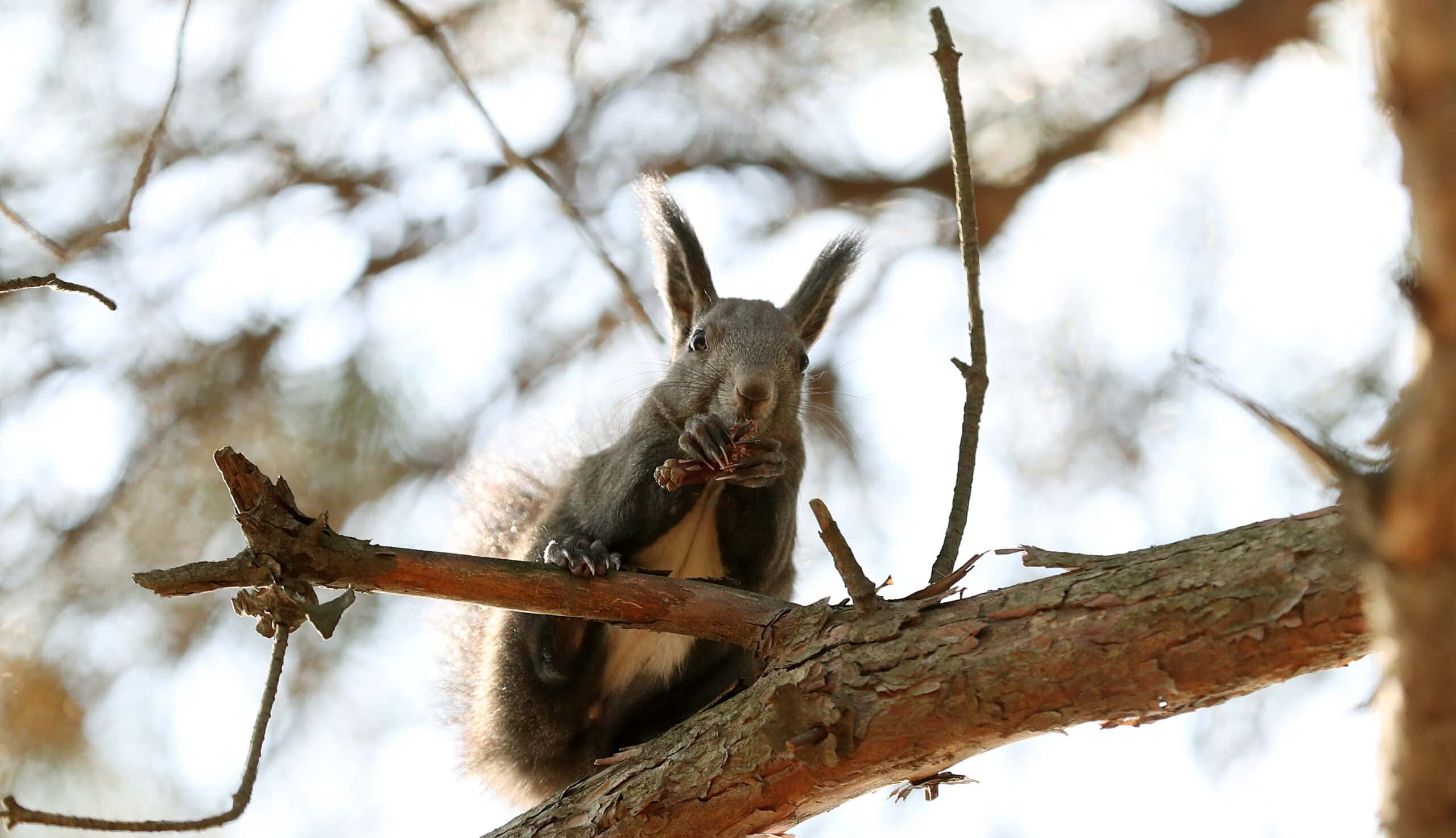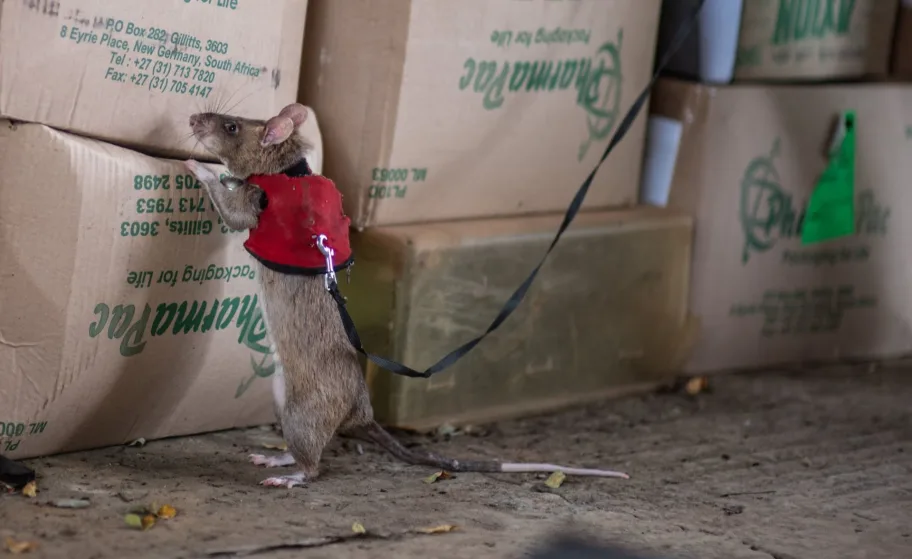Share this article
Wildlife Featured in this article
- Red viscacha rat
- Puma
- Azara's fox
- Burrowing owl
JWM: Viscacha rat habitat fragmented in Argentina
The plains the rodents burrow in are being lost to agriculture and grazing
A near-threatened species of rat endemic to the desert plains, dunes and salt flats of west-central Argentina is dealing with a fragmented range that could threaten its path to recovery.
“They have low population densities—their distribution is in patches, in some cases isolated by hundreds of kilometers,” said Andrea Tarquino-Carbonell, a postdoctoral ecologist at the National Scientific and Technical Research Council in Argentina.
Scientists know little about viscacha rats’ ecology and habitat. That’s why Tarquino-Carbonell set out to learn more about these rodents for her PhD research at the National University of Cuyo.
In a study published recently in the Journal of Wildlife Management, Tarquino-Carbonell studied one of the three species of the viscacha rat—the red viscacha rat (Tympanoctomys barrerae)—in 2017 and 2018 in the province of Mendoza. The Argentine government and the International Union for Conservation of Nature consider the red viscacha rat near threatened, since much of the rats’ habitat was converted to agriculture or grazing land for livestock. Uranium and oil extraction may also contribute to habitat loss.
Rat patrol
In both the dry season from May to August, and the rainy season from October to March, Tarquino-Carbonell captured viscacha rats using a nonlethal trap. She and her colleagues quickly determined that these rats were nocturnal, since they barely captured any during the daytime.
The first time they captured each individual, the team tagged their ears. Over the remainder of the study period, they recorded how many times they recaptured each rodent.
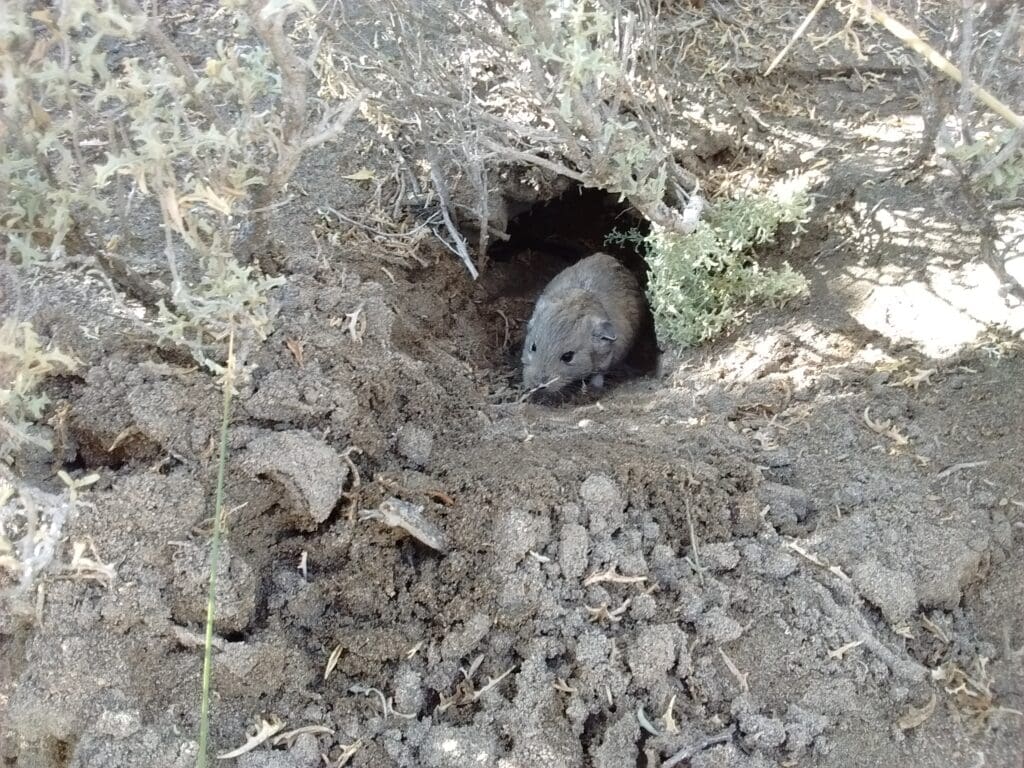
The researchers also measured the attributes of the rats’ environments. They found more rats in areas with vegetation that had a high salt content and fewer in areas with dry herbs.
Viscacha rats usually create burrows to stay cool in the hot desert. The researchers found that in more open areas, these burrows had multiple entrances compared to areas covered with vegetation. Tarquino-Carbonell said the rodents may create more escape tunnels in open areas where predators are more likely to spot them. The rodents don’t sit high on the food chain—animals like Azara’s foxes (Lycalopex gymnocercus), pumas (Puma concolor), and burrowing owls (Athene cunicularia) routinely prey on them.
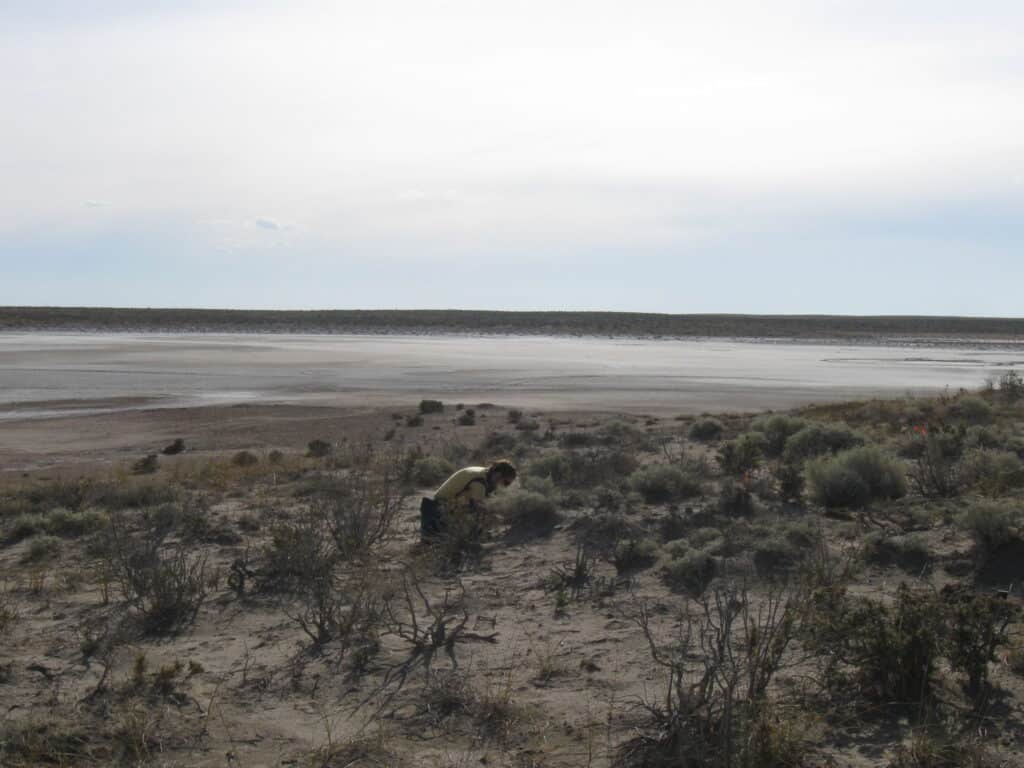
Rat patches
The research also revealed that the remaining habitats for red viscacha rats are fragmented. This is due to their patchy distribution and the fact that they prefer uncommon microhabitats like salt flats that aren’t spread evenly across these landscapes. Tarquino-Carbonell said the information about the kinds of plants they are more associated with, and where they are found, could help inform future plans to create a national park or protected area around the Mendoza province.
She worries that the species is also vulnerable to climate change. Studies have shown that parts of their desert range are becoming hotter. Scientists still don’t know much about the ecology of viscacha rats and how they might cope with these changes.
This article features research that was published in a TWS peer-reviewed journal. Individual online access to all TWS journal articles is a benefit of membership. Join TWS now to read the latest in wildlife research.
Header Image: The red viscacha rat is endemic to west-central Argentina. Credit: Andrea Tarquino-Carbonell






